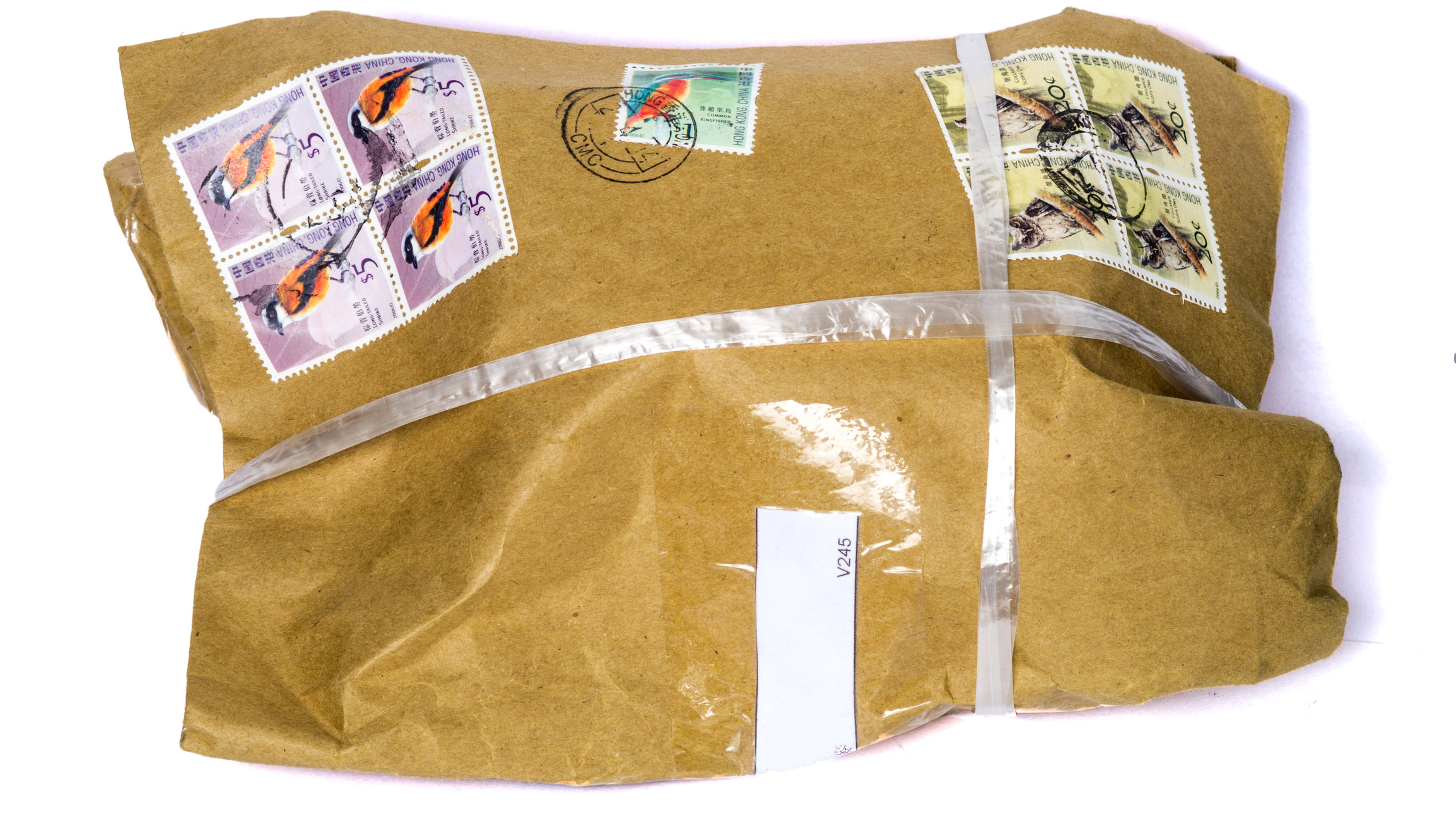The de minimis exemption, a provision in U.S. customs law, allows the duty-free import of goods valued at $800 or less. This policy has facilitated a surge in low-value shipments from countries like China, benefiting e-commerce platforms such as Shein and Temu. However, concerns have arisen that this exemption is being exploited to smuggle illicit substances, notably fentanyl, into the United States. The dark web has long been a source for individuals to search for, purchase, and receive through mail, packages of dangerous fentanyl and other drugs. Traditionally, smaller, lower value packages are not subject to additional inspections, enabling smaller fentanyl shipments to flow freely into the United States.

In response to these concerns, the Trump administration issued an executive order that prohibits the use of de minimis exemptions for China. This action aims to curb the influx of illegal drugs by closing a loophole that allowed small packages to enter the country with minimal inspection.
While the primary goal of suspending the de minimis exemption is to enhance border security and reduce the smuggling of illicit drugs, it also presents practical challenges. Experts caution that without adequate preparation, the new measures could lead to significant disruptions in international trade.
Drug detection devices, such as the MX908, which can detect fentanyl and a wide range of other substances at trace, invisible levels, have long been a critical component of customs and border security operations. By swabbing the exterior of incoming packages, these devices can identify trace residues of illicit drugs without the need for direct handling. This capability is essential for enhancing officer safety by minimizing exposure to hazardous substances. As inspections of smaller packages increase, customs and border security teams can leverage advanced technology to perform inspections more efficiently and securely, ensuring the effective identification of suspected illicit materials.

Watch On Demand Webinar: Unmasking Nitazenes
Emily Dunn, a Forensic Chemist II from 908 Devices, delves into the rising nitazene crisis, drawing comparisons to the early days of the fentanyl epidemic. Learn how the MX908 is becoming an essential detection and identification tool in the fight against this emerging danger.